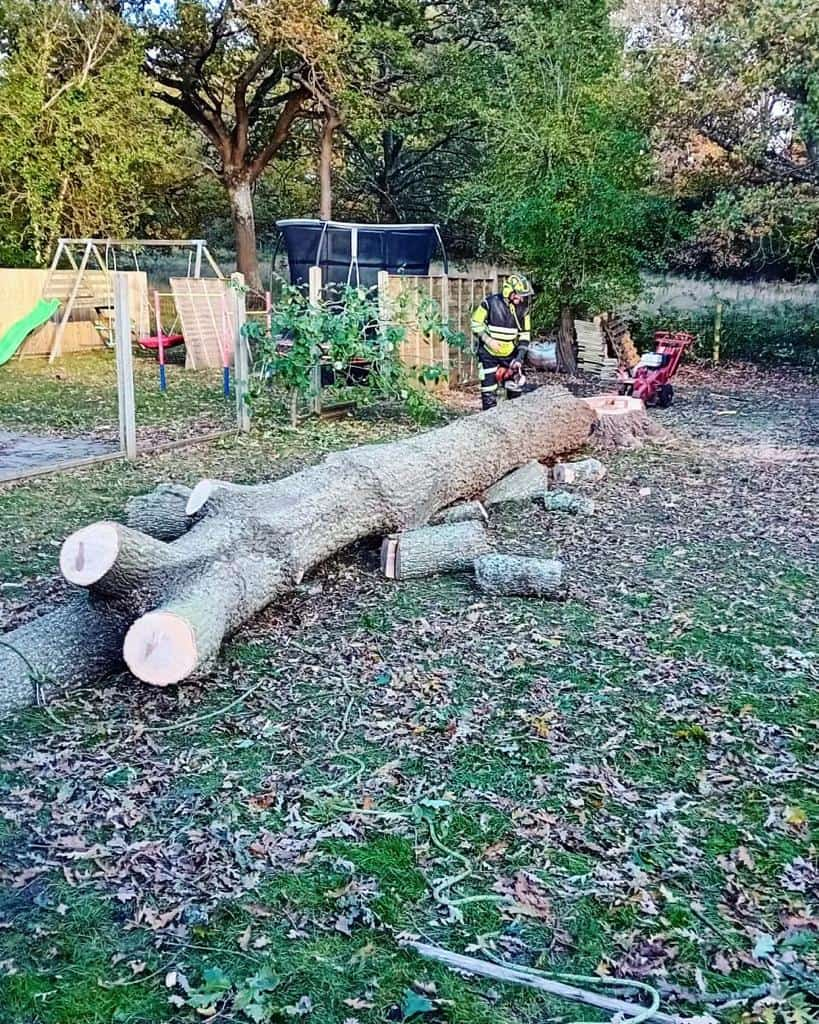Trees are essential to our environment, providing shade, improving air quality, and enhancing the beauty of our landscapes. However, like all living organisms, they can fall victim to diseases, pests, and environmental stressors that may lead to their decline. If you have a tree that appears to be struggling, understanding the importance of pruning can be the key to saving it.
Understanding Tree Decline
Before diving into pruning techniques, it’s vital to understand the signs of a dying tree. Look for the following indicators:
- Dead or Dying Branches: If a tree has numerous dead branches, it may be a sign of stress or disease.
- Fungal Growth: Mushrooms or fungus growing at the base of a tree can indicate internal decay.
- Bark Damage: Cracks, peeling, or missing bark can expose the tree to pests and diseases.
- Leaf Discoloration: Yellowing leaves or premature leaf drop can signal underlying issues.
If you notice these signs, it’s crucial to act quickly. Pruning can help remove unhealthy portions of the tree, allowing it to redirect energy to healthier branches and foliage.
The Benefits of Pruning
- Improved Air Circulation: Pruning helps to thin out dense areas of foliage, allowing sunlight and air to reach the inner parts of the tree. This reduces humidity and helps prevent fungal diseases.
- Encouragement of New Growth: By removing dead or diseased branches, you encourage the tree to focus its resources on new growth, promoting a healthier structure.
- Increased Stability: Thinning out crowded branches reduces the risk of breakage during storms or high winds, enhancing the overall stability of the tree.
- Disease Control: Pruning away infected branches can stop the spread of disease to other parts of the tree and surrounding vegetation.
- Aesthetic Appeal: Regular pruning can improve the shape and appearance of your tree, enhancing the visual appeal of your landscape.
Pruning Techniques
When it comes to pruning, understanding the right techniques is crucial. Here are some effective methods:
- Thinning: This technique involves selectively removing branches to improve air circulation and light penetration.
- Crown Reduction: If the tree is too tall or dense, reducing the height can help manage its size and encourage healthier growth.
- Deadwooding: This involves removing dead or dying branches, which not only improves the tree’s health but also enhances safety by reducing the risk of falling debris.
It’s essential to use clean, sharp tools to make clean cuts, reducing the risk of infection. For larger trees, or if you’re unsure about the process, hiring a professional tree surgeon is advisable.
When to Prune
The best time to prune most trees is during late winter or early spring before new growth begins. This timing helps the tree heal faster and promotes vigorous growth as the weather warms up. However, specific species may have different optimal pruning times, so it’s always best to consult with an expert.
Conclusion
Pruning is a vital practice in tree care that can significantly improve the health and longevity of a struggling tree. By removing dead or diseased branches, enhancing air circulation, and encouraging new growth, you can give your tree a fighting chance against decline.
At NS Tree Surgery Ascot, we offer professional tree pruning services tailored to the unique needs of your trees. Our experienced team understands the intricacies of tree care in Ascot and the surrounding areas, ensuring your trees receive the best possible treatment. If you suspect your tree is struggling, don’t hesitate to contact us for a consultation. Together, we can restore your tree’s health and enhance your landscape.
Call us on: 001344 951 395
Click here to find out more about NS Tree Surgery Ascot
Click here to complete our contact form and see how we can help you with your tree’s needs.

